
Resolved:
The United States federal government should substantially increase fiscal redistribution in the United States by adopting a federal jobs guarantee, expanding Social Security, and/or providing a basic income.
Articles on Economic Inequality
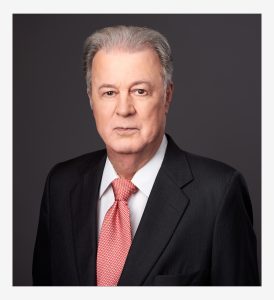 John Goodman grew up in Waco, TX and participated in high school debate competitions around the state of Texas. John was quite successful and won several statewide tournaments. He attended college at the University of Texas in Austin, where he became involved in campus politics and was elected vice president of the student body. All of this experience served him later in life when he became a TV debating partner of conservative polemicist William F. Buckley.
John Goodman grew up in Waco, TX and participated in high school debate competitions around the state of Texas. John was quite successful and won several statewide tournaments. He attended college at the University of Texas in Austin, where he became involved in campus politics and was elected vice president of the student body. All of this experience served him later in life when he became a TV debating partner of conservative polemicist William F. Buckley.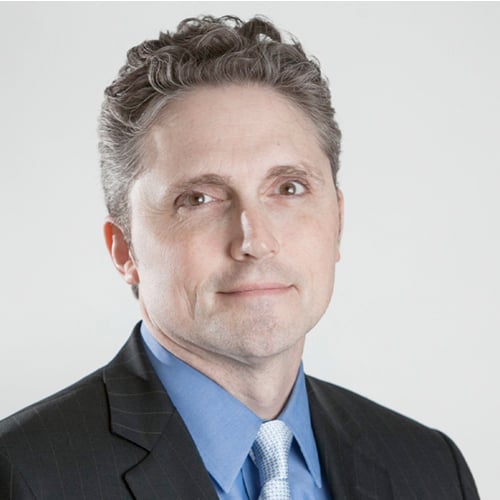
The Case for the Negative
American Enterprise Institute economist James Pethokoukis:
- People don’t care about inequality. They would rather have opportunity.
- Many extremely useful consumer products exist only because initially there were rich people who could afford them (e.g., automobiles, cell phones, etc.) In time the cost comes down and they are available for everyone. No rich people, no car. No cell phone.
- Economist William Nordhaus has found that innovators (despite their becoming billionaires) only capture a small fraction, 2.2 percent, of the social value created by their technological advances, with the majority of benefits going to consumers.
- There has been no significant increase in inequality of income over the past 40 years.
- There has been no significant increase in inequality of wealth over the last three decades – especially if you include Social Security wealth.
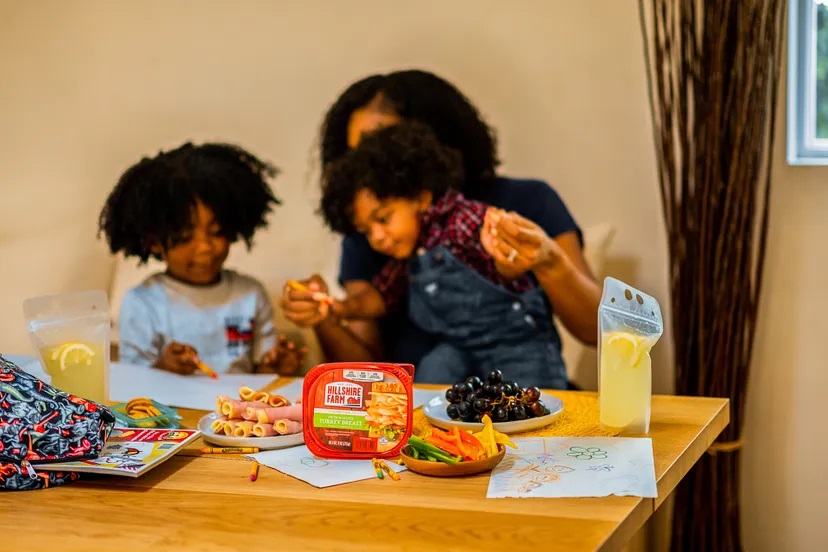
Where Does Anti-Poverty Money Actually Go?
Not to poor people, it turns out.
It goes to landlords, doctors, hospitals, agribusiness, the education industry, etc.
We have 130 to 140 different anti-poverty programs. Of these, 25 are different food programs.
The federal government is spending $1 trillion a year; and states and localities spend $700 to $800 billion.
Here is a Michael Tanner C-Span video. Here is Tanner’s FREOPP study.
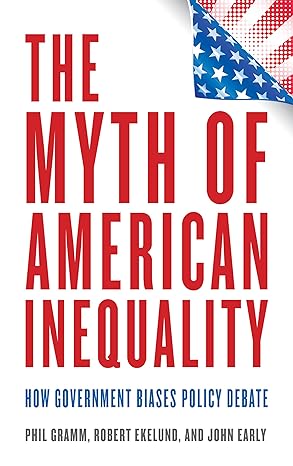
How Much Poverty is There?
Here is an article published in the highly respected Journal of Political Economy. Articles in this journal are peer reviewed by some of the top economists in the country. Although the article itself is gated (you can buy it for $30), the conclusion of the study is publicly available…
Notice that this estimate is very similar to the estimate made by John Early, Phil Gramm, and Robert Ekelund in their book, The Myth of American inequality: How Government Biases Policy Debate.

Has There Been An increase in inequality? The Debate
Thomas Piketty (Paris School of Economics), Emmanuel Saez (University of California at Berkeley) and Gabriel Zucman (University of California at Berkeley) – herein after PSZ – in a paper called “Rethinking Capital and Wealth Taxation,” advocate taxing billionaires with a progressive wealth tax.
Here is a nontechnical explanation of the issues at Vox.
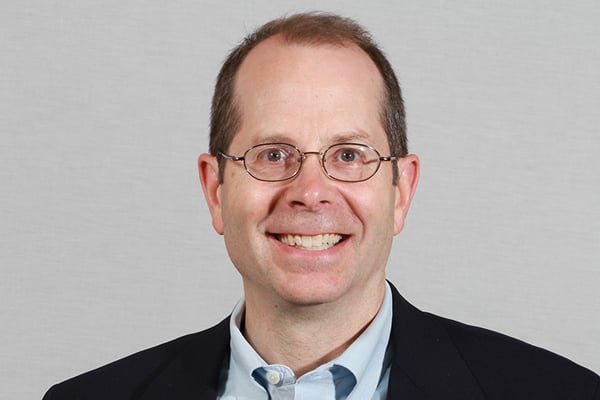
How Many People Are Really Poor?
The official statistics on poverty are notoriously bad, because they undercount income of people on the bottom of the income ladder.
Correcting for unreported income lowers the rate from an official estimate of 11.4% to 5.3%
A much better way to measure poverty is to focus on how much consumption takes place in poor household.
The official child poverty rate in 2022 was 22%. Correcting for actual household consumption, the rate falls to around 7%Source: University of Chicago professor Bruce Meyer before the House Ways and Means Committee.

Missouri’s unique Approach to Welfare Reform
A 2012 Congressional Budget Office report looking at the example of Pennsylvania, found that unemployed single taxpayers with one child would face an effective marginal tax rate of 47 percent for taking a minimum wage job in 2012, and if their earnings disqualified them from Medicaid, they could have faced an astonishing marginal tax rate of 95 percent.